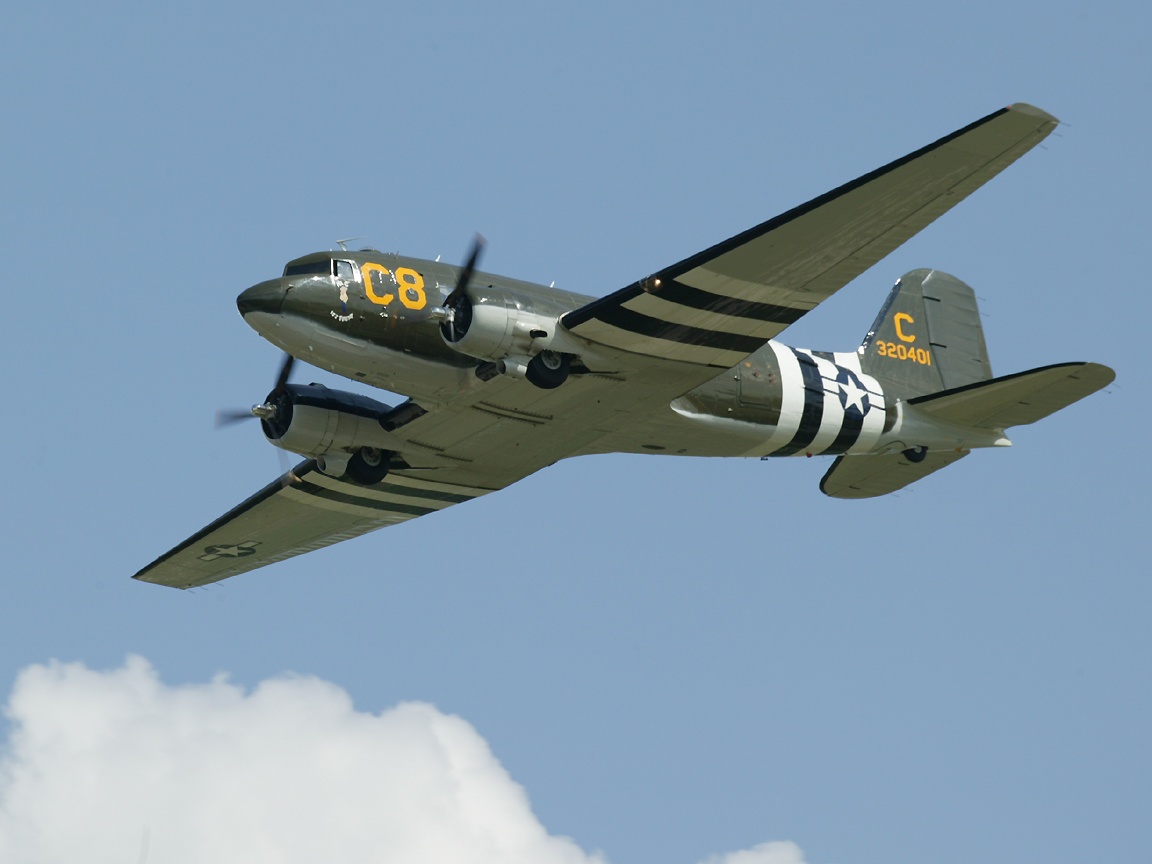

The development of the M41 began in 1947 to replace the M24 Chaffee. M24s were more successful later in the war in their reconnaissance role, supported by heavier tanks such as the M4, M26, and M46. When these divisions were sent to Korea at the end of June 1950, they soon found that the 75 mm gun on the M24 could not penetrate the armor of North Korean T-34 tanks, which had no difficulty penetrating the M24's thin armor. When the war began in June 1950, the four American infantry divisions on occupation duty in Japan had no medium tanks at all, having only one active tank company (equipped with M24 Chaffee light tanks) each. The M24 fared poorly against these much better-armed and armored medium tanks. tanks to fight the North Korean T-34-85s. In the Korean War M24 Chaffees were the first U.S. Light tanks M24 Chaffee Korean War M24 Chaffee By the end of the war, the whole world saw the horse as hopelessly outclassed.This article deals with the history and development of American tanks from the end of World War II, and during the Cold War. But Ford had introduced the Model T five years before the start of the war, and its speed, durability, stamina, and ease of maintenance (compared to a horse) had already won over many civilians.


Many high ranking officials trusted their horses over the crude motorized vehicles of the time for both pulling wagons and carrying men into battle. When the war started, famously, the battlefields were shared by men, machines, and horses. Here’s a brief look at some of the cars, trucks, planes, and motorcycles that won the day for freedom back in the War to End All Wars. From the perspective of an automotive enthusiast and gearhead (petrolhead in the UK), WWI was the first mechanized war and kick started development of the modern world. November 11th was originally Armistice Day, marking the end of World War I, when the world powers got together at 11:11 in the morning on the 11th day of the 11th month to sing the peace treaty.


 0 kommentar(er)
0 kommentar(er)
